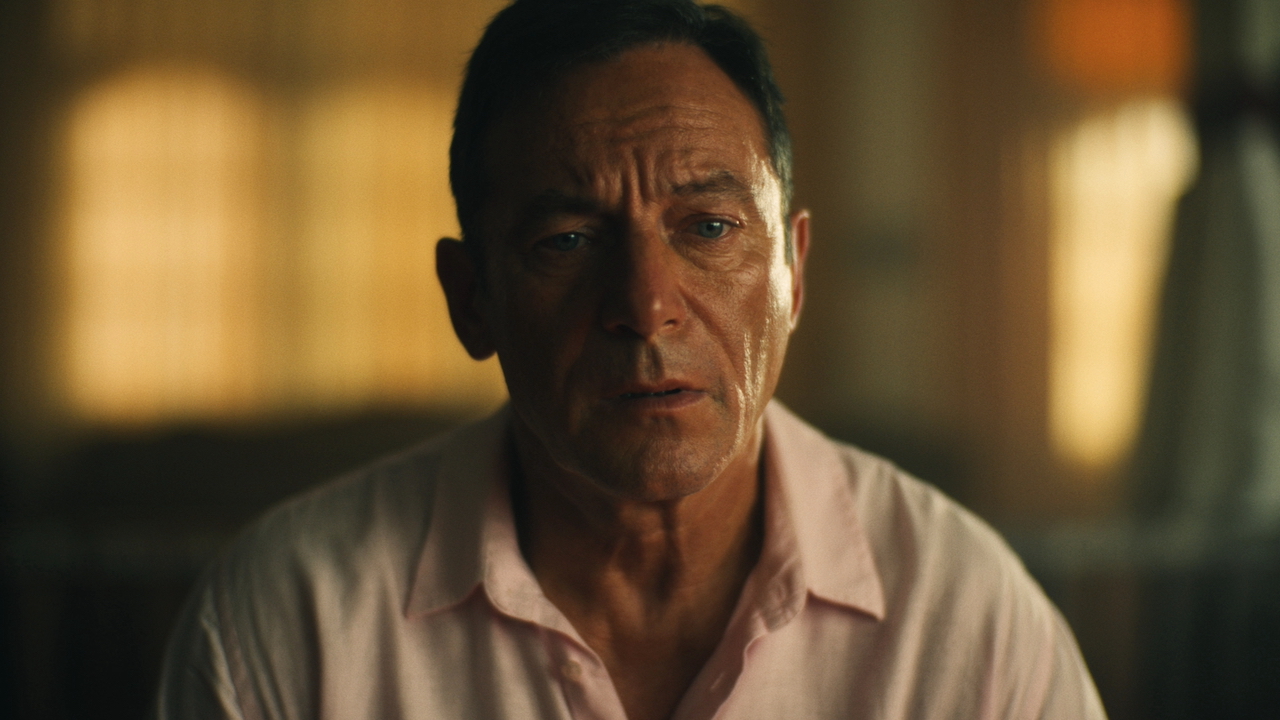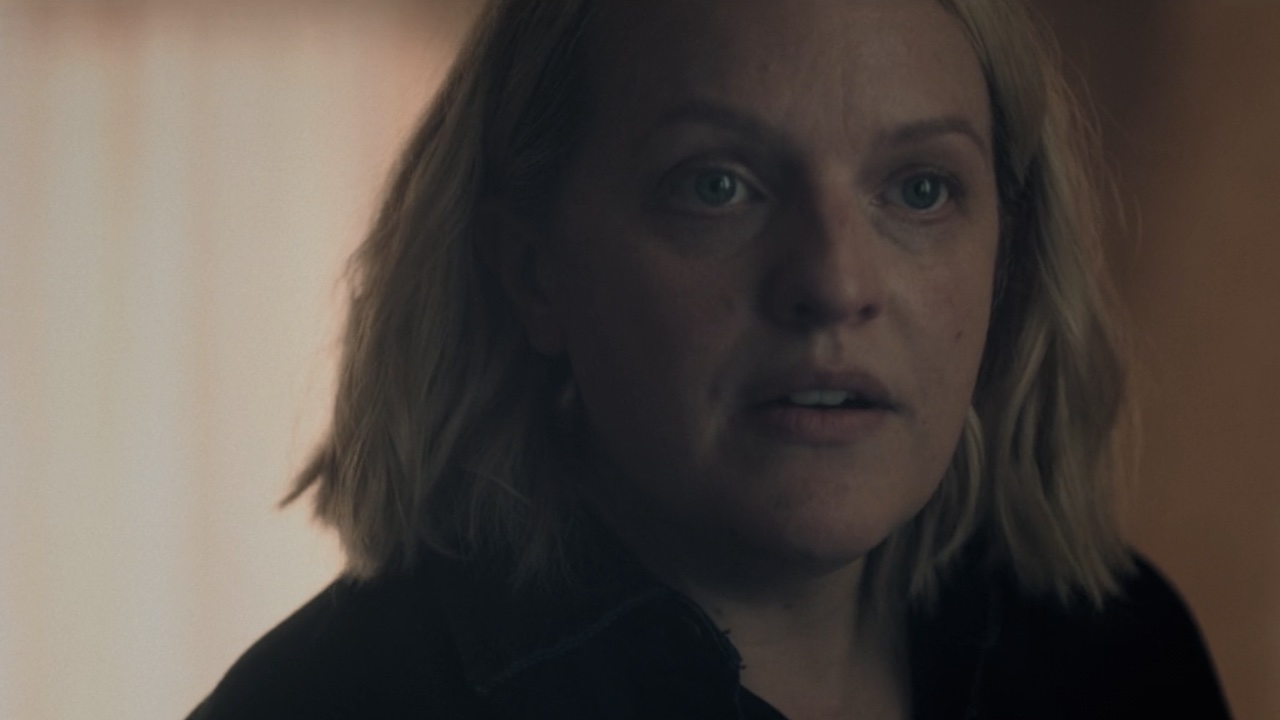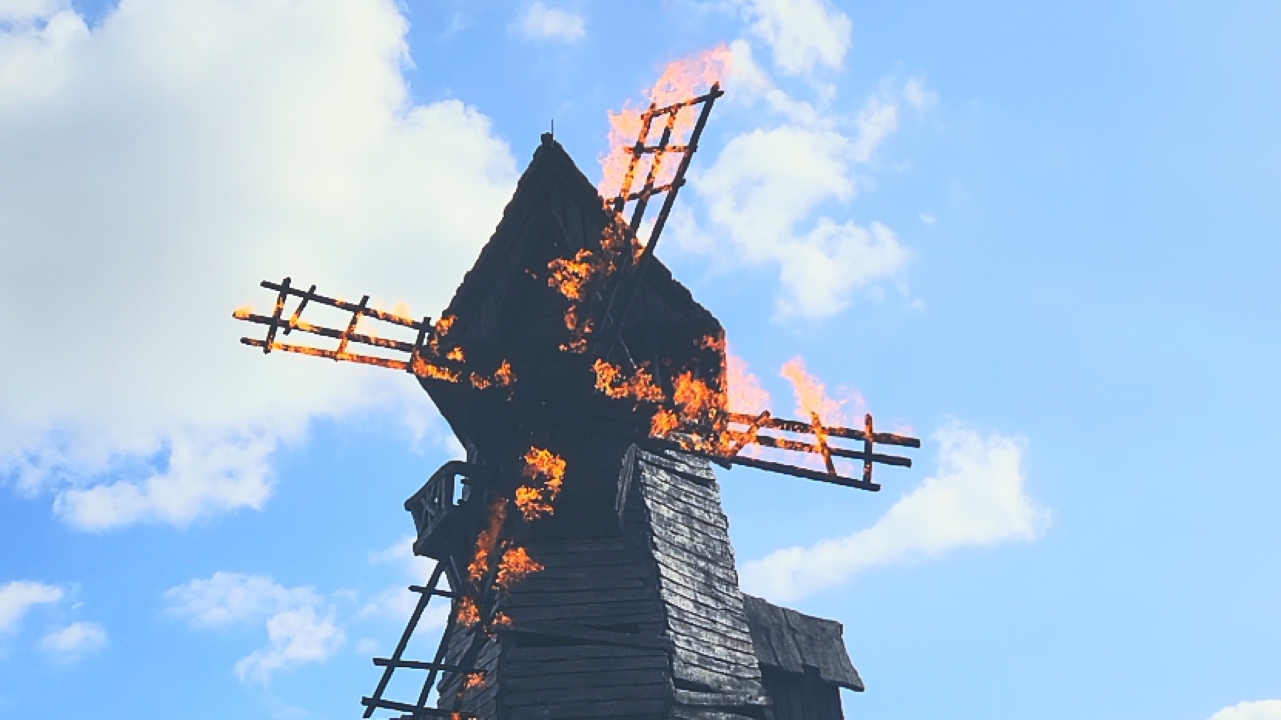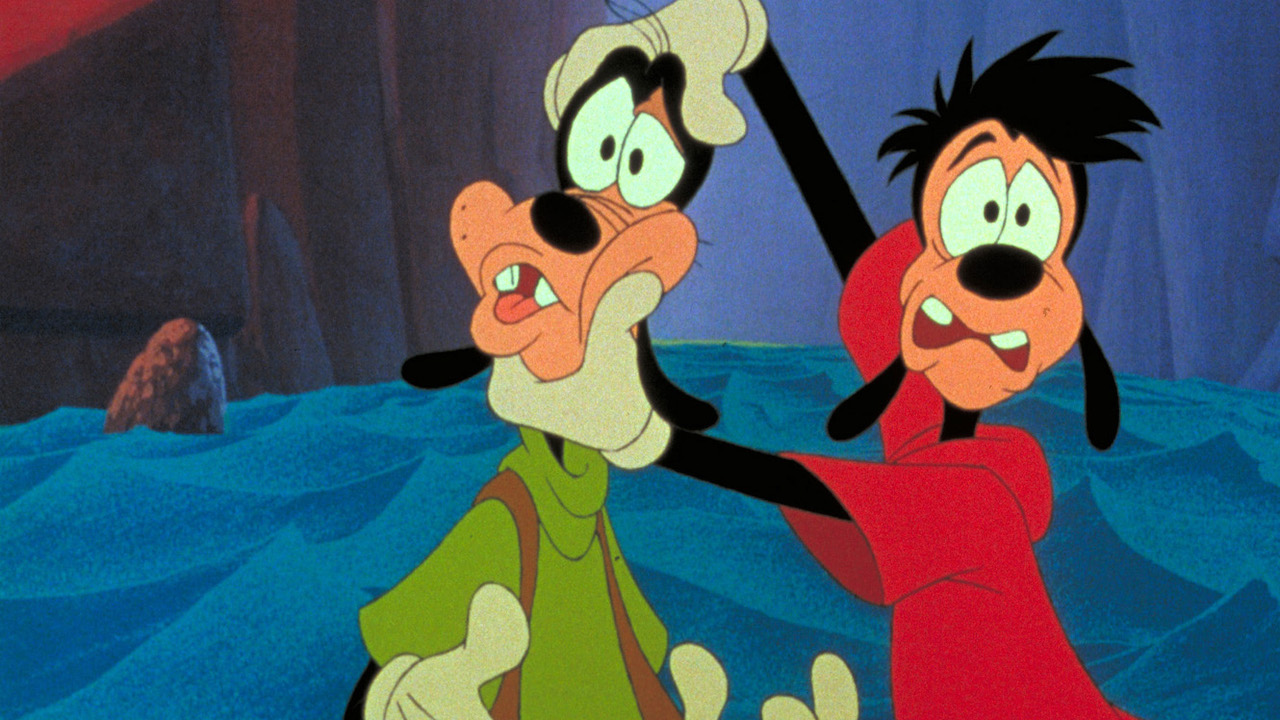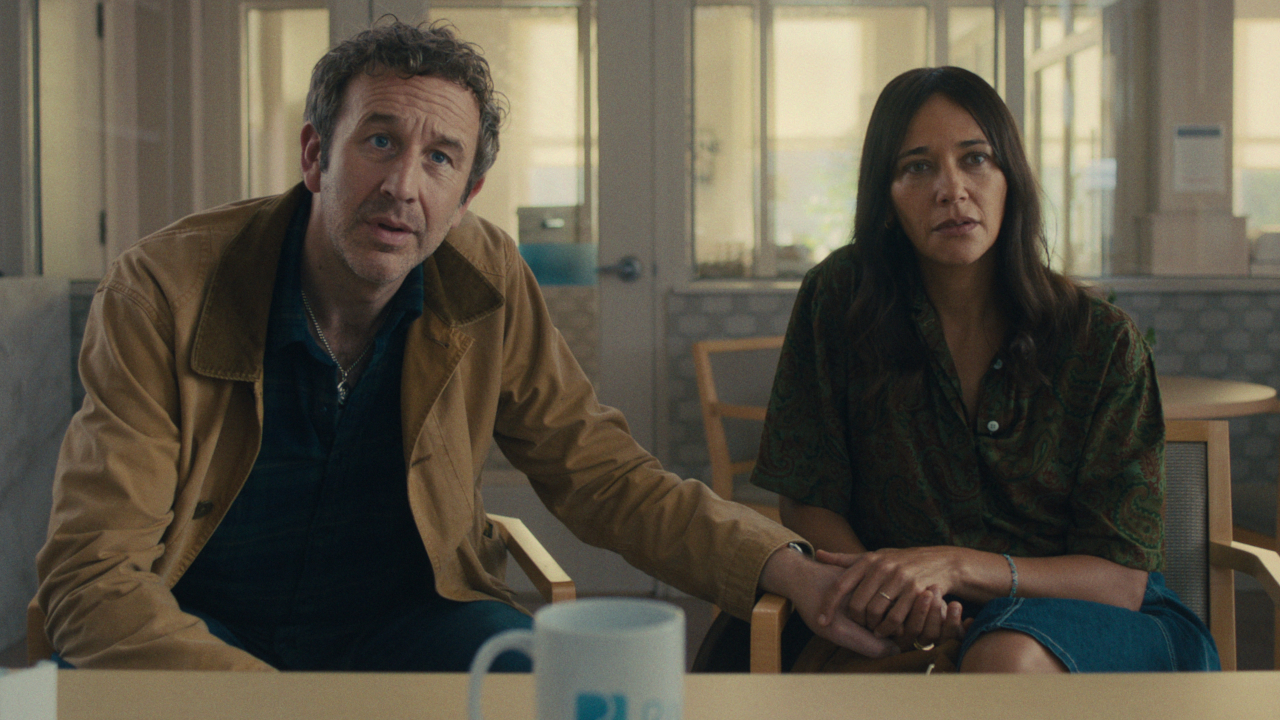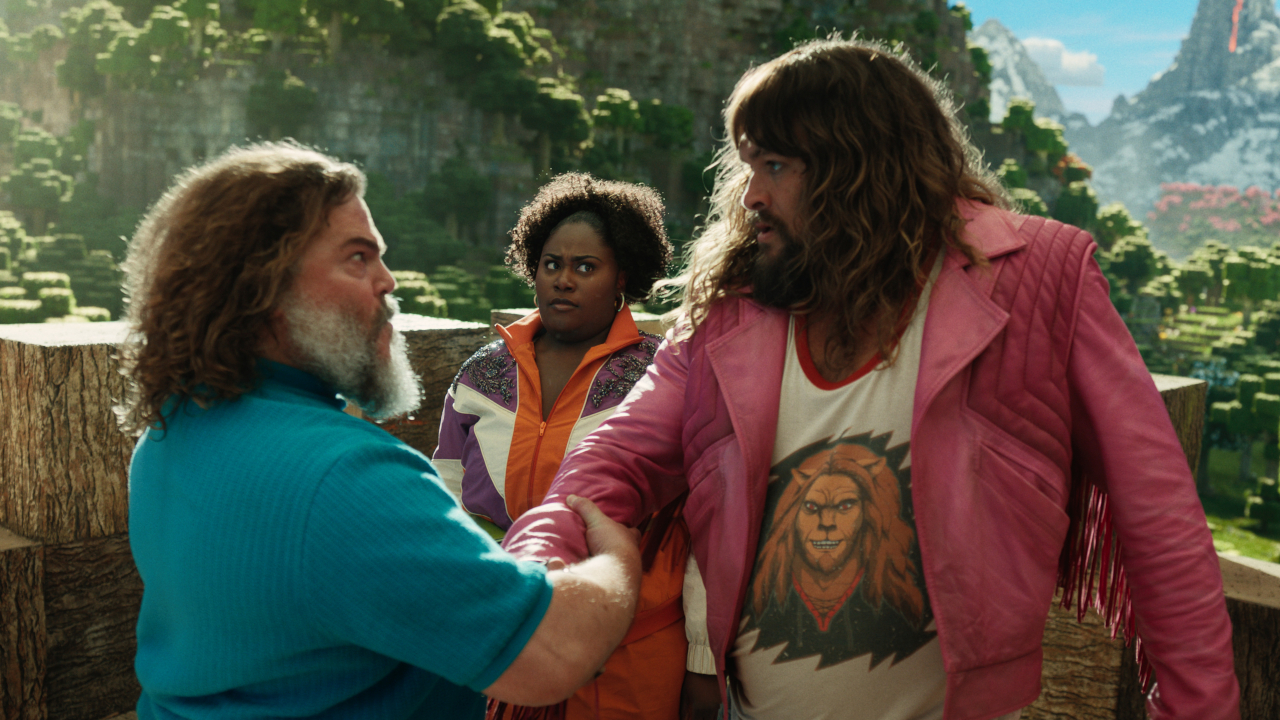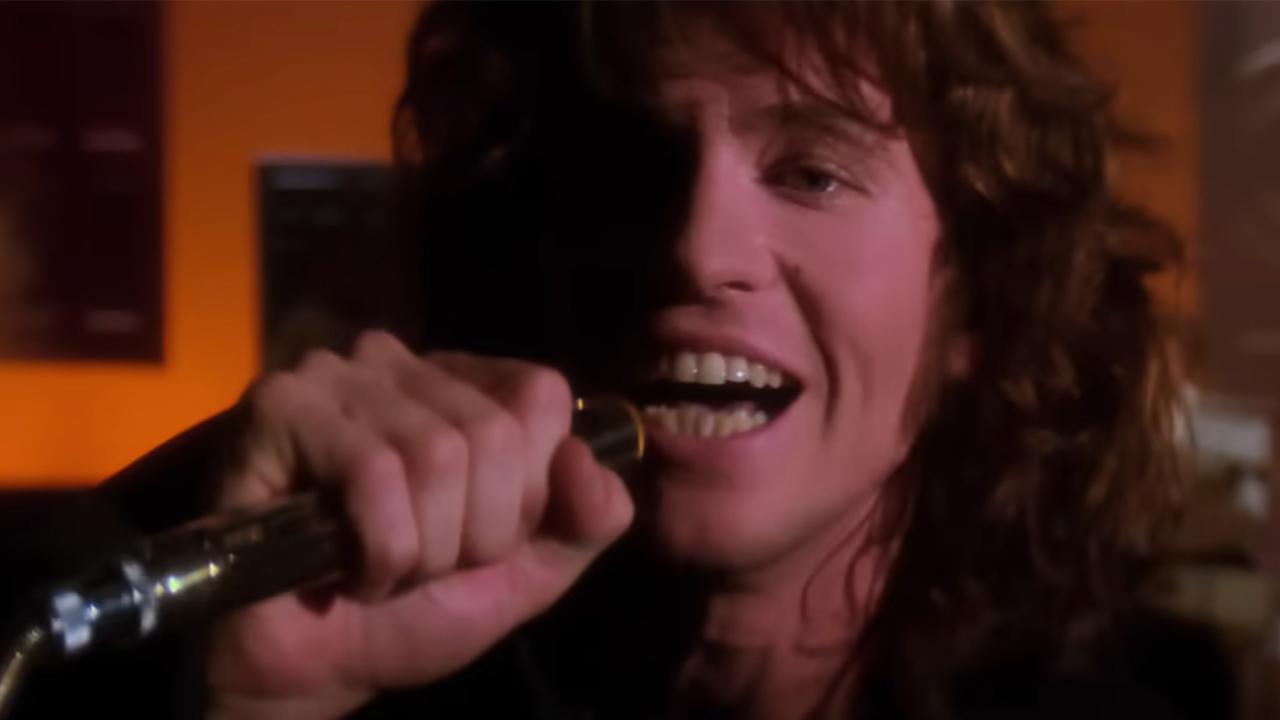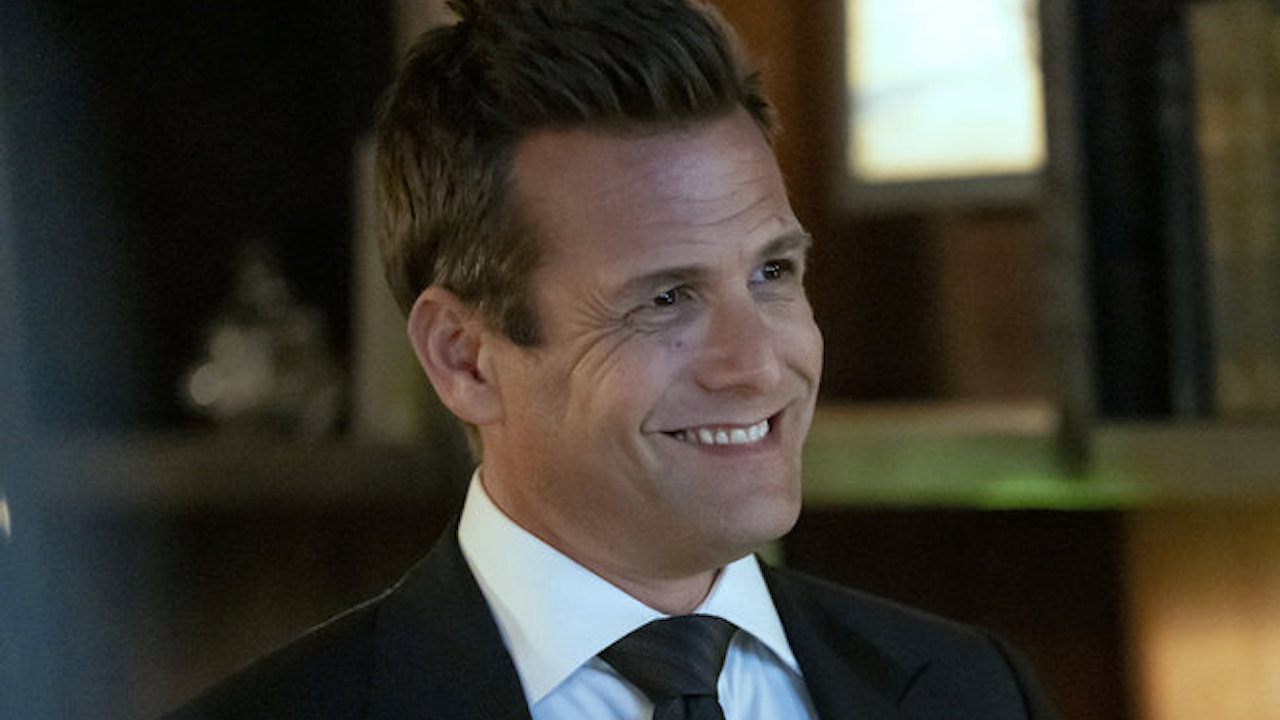How Star Trek Strange New Worlds Season 2's Latest Episode Majorly Changed The Timeline, And What The Showrunner Has To Say About It
We've come a long way from The Original Series.
Warning! The following contains MAJOR SPOILERS for the Star Trek: Strange New Worlds episode "Tomorrow And Tomorrow And Tomorrow." Read at your own risk!
Star Trek: Strange New Worlds' showrunners have promised change, though I'd question if anyone in the fandom was prepared for what they had in mind. Viewers might've already been on high alert for some shenanigans when they learned that "Tomorrow And Tomorrow And Tomorrow" was a time travel episode featuring Paul Wesley's James Kirk and Christina Chong's La'an Noonien-Singh, but I'm not sure they were ready for just what we'd see change.
By the end of this episode, which you can watch right now with a Paramount+ subscription, the Star Trek lore has been forever changed. We now have new timelines for the Eugenics Wars and World War III, and we can both break it down and explain why this has happened with the help of a previous chat CinemaBlend had about Season 2 with co-showrunner Akiva Goldsman.
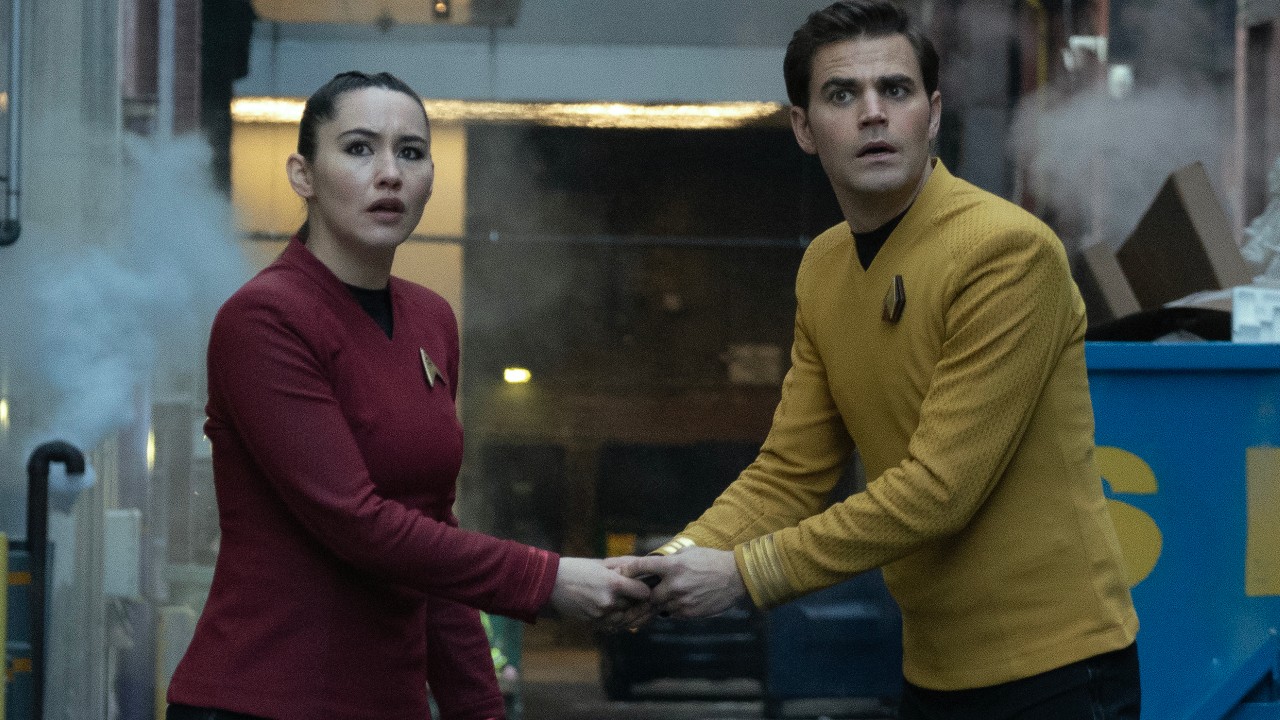
How Tomorrow And Tomorrow And Tomorrow Officially Shifted The Star Trek Timeline
"Tomorrow And Tomorrow And Tomorrow" got rolling with La'an thrown into an alternate timeline after a brief conversation with a man who handed her a device. She walked to the bridge of an Enterprise captained by James T. Kirk, a captain in the United Earth Fleet. After a brief conversation confirming they were not from the same timeline, La'an pressed the device and transported herself and alternate Kirk back to present-day Toronto.
It took some time, but the duo eventually sussed out they were sent back in time in an effort to prevent alternate Kirk's timeline from happening. With the help of an alien-loving photographer named Sarah, Kirk ultimately remembered a cold fusion explosion in Toronto that threw his past into chaos. Kirk and La'an made their way to Pelia in the United States for help in figuring out where the cold fusion device was stored and then returned to Toronto to stop the explosion.
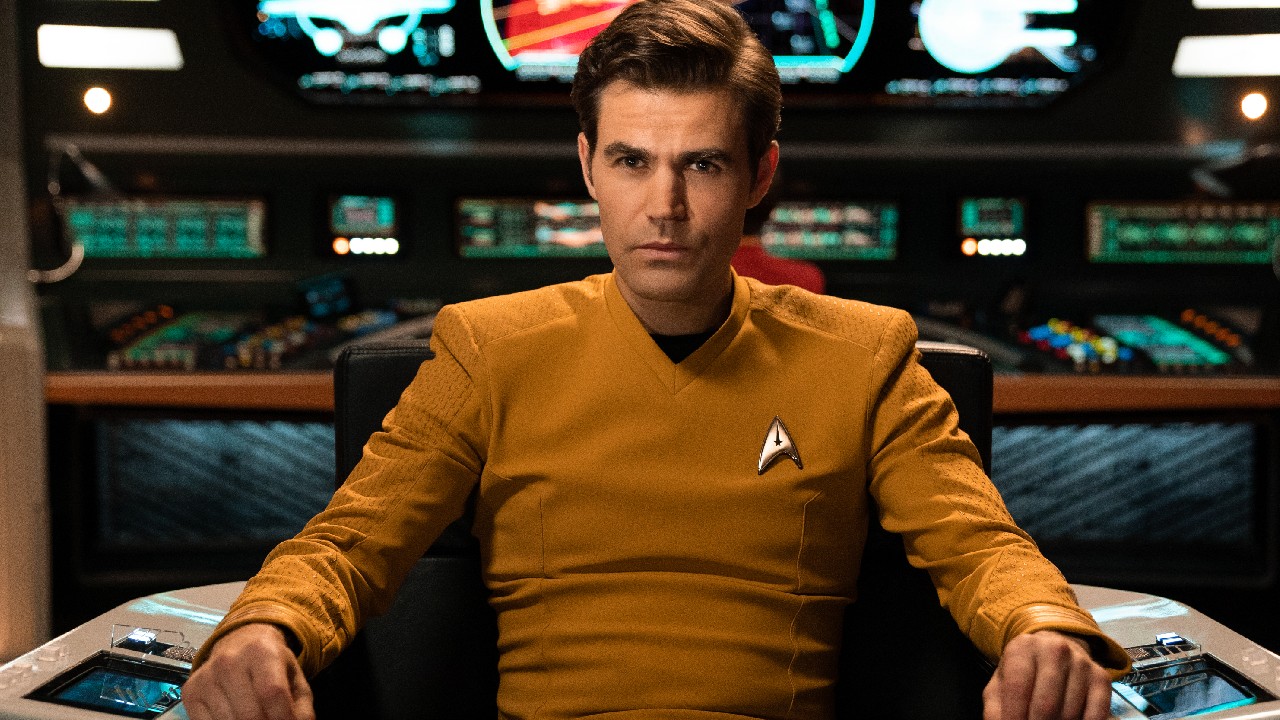
Unfortunately, La'an and alternate universe Kirk were stopped at gunpoint by Sarah, who was not a human photographer from Toronto after all. She was a Romulan time agent from the future who was sent back to this era under the instruction of computers that determine the odds of changes that will have a lasting impact on the timeline. We ultimately learn that she was sent back to find a way to halt humanity's progression as much as possible.
After Toronto does not explode due to the cold fusion reactor like it did in Alternate Kirk's timeline, so Sarah goes for Plan B. Her plan, as La'an finds out when she arrives at the room, is to kill a child by the name of Khan Noonien-Singh. Yes, he's that Khan, and yes, if you're a classic Star Trek fan, this is confusing. Khan was supposed to already be off Earth following the Eugenics Wars, so what's going on?
CINEMABLEND NEWSLETTER
Your Daily Blend of Entertainment News
Sarah explained that as various species mess with time and try to impact and alter events, time has seemingly responded and found ways to make fixed events happen regardless. She went on to say that "this should've happened in 1992," which may imply she was originally sent back in time to kill Khan when he was ruling over a quarter of Asia ahead of the Eugenics Wars.
That didn't happen, and it appears that various time meddling has forever altered and pushed forward the timeline in which the Eugenics Wars and World War III happened. We do know, of course, that both events happened, as they were instrumental to the construction of Starfleet and the modern Federation. To sum it up, Star Trek: Strange New Worlds pushed forward the major wars of Trek so that they no longer happen in years that have since passed.
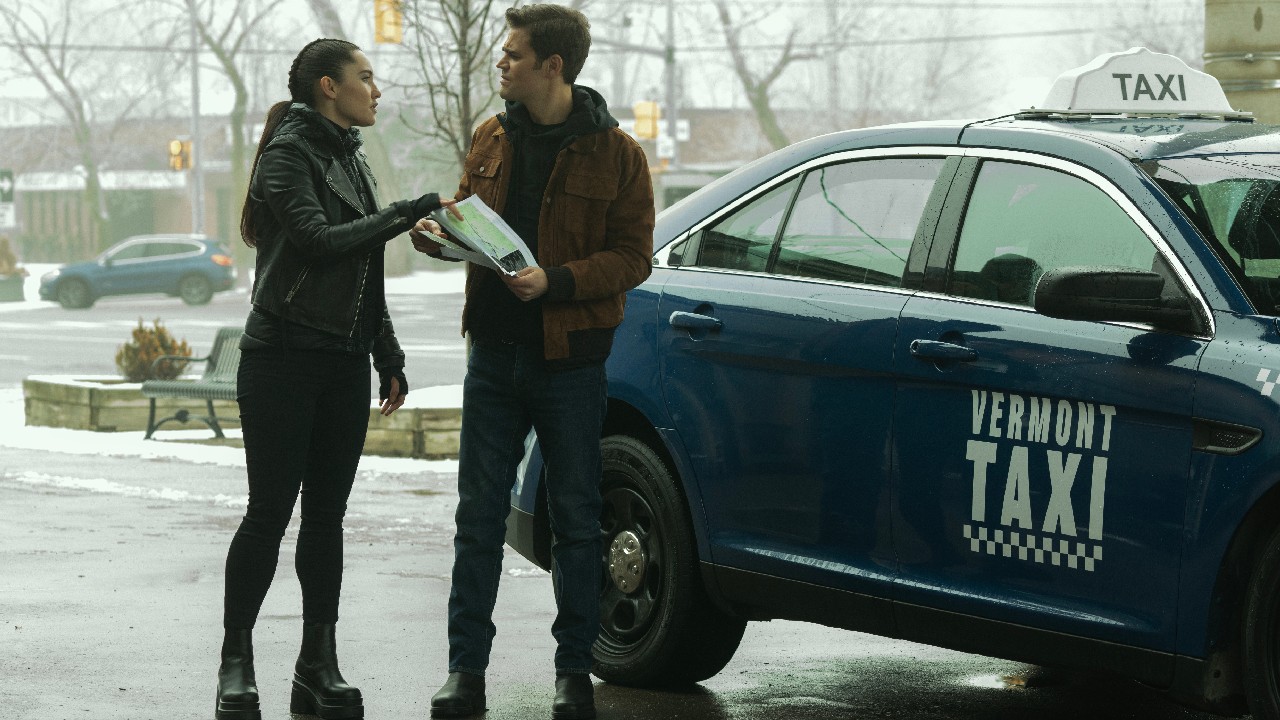
Why Star Trek: Strange New Worlds Changed The Timeline
Some Star Trek fans may initially look at this change and think it's blasphemy. The truth of the matter is, the franchise has struggled across many of its shows to maintain the original timeline of the Eugenics Wars. Star Trek: Voyager went back to the 20th century without recognizing it, and Picard Season 2 took place in present-day Los Angeles without any real indication that it ever happened.
The signs were even there in the Strange New Worlds pilot, in which Pike showed footage of the January 6th Capitol insurrection in his video about what led to Earth's darkest days. There is a clear intention by Star Trek's decision-makers to reset when La'an's ancestor Khan rose to power, and when the Eugenics Wars and World War III happened. Akiva Goldsman spoke to CinemaBlend about the change in greater depth below:
This is a correction. Because otherwise, it’s silly, or Star Trek ceases to be in our universe…By the way, this happened in Season 1, so this is not a Season 2 [issue]. It’s a pilot issue. We want Star Trek to be an aspirational future. We want to be able to dream our way into the Federation as a Starfleet. I think that is the fun of it, in part. And so, in order to keep Star Trek in our timeline, we continue to push dates forward. At a certain point, we won’t be able to. But obviously, if you start saying that the Eugenics Wars were in the 90s, you're kind of fucked for aspirational in terms of the real world.
Beyond the idea of addressing past inconsistencies of Star Trek, Akiva Goldsman and fellow showrunner Henry Alonso Myers felt it was imperative to alter the dates of these key in-universe events in order to keep the "aspirational" part of the series alive. With the dates officially pushed forward, we can now all say that the future of Star Trek is still possible in our world, provided we can work to get there.
I've seen it said before by fans that Star Trek exists in a different universe than our own. This change makes the reality of Trek being a looking glass to our future viable again, even if it'll take some time to get there. Granted, it also signals the possibility of some dark days ahead for our immediate future, which is not a future I know I'm looking forward to!
So for anyone still trying to spin a yarn and come up with an alternate explanation, no, there is no possibility the '90s timeline of original events is still in play. It's been obliterated partly by temporal meddling by various civilizations, and by showrunners who thought it was past time that Star Trek be brought up to speed and pushed forward events that we on Earth have yet to encounter ourselves.
One upside of this change is that it now opens the door for Paramount to do a miniseries or film that's centered around either event, assuming that's something the studio would want to do. Obviously Star Trek likes to lean more on the positive side of humanity, so visiting what's canonically the worst moments in human history could be iffy.
The important takeaway here is that moving both events forward on the timeline open the door for a lot of possibilities; maybe even a Wrath of Khan remake! Did I take it too far with that suggestion? I mean, we already have a Section 31 movie on the way. Is it so crazy to believe that a movie like that is out of the question?
Star Trek: Strange New Worlds airs new episodes of Season 2 on Paramount+ on Thursdays. Catch up on Season 2 before next week's episode arrives, and check out some of the other Trek shows available to stream on the platform.
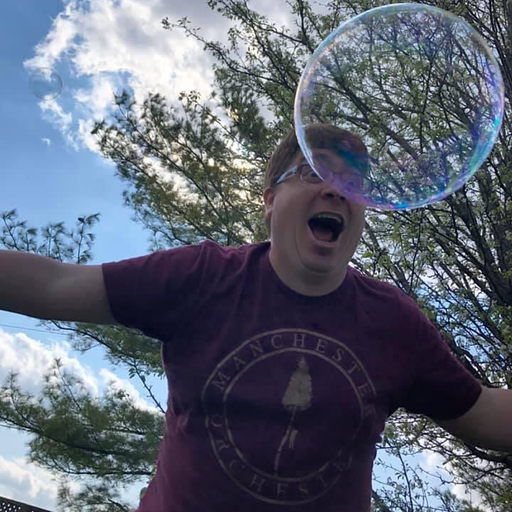
Mick Joest is a Content Producer for CinemaBlend with his hand in an eclectic mix of television goodness. Star Trek is his main jam, but he also regularly reports on happenings in the world of Star Trek, WWE, Doctor Who, 90 Day Fiancé, Quantum Leap, and Big Brother. He graduated from the University of Southern Indiana with a degree in Journalism and a minor in Radio and Television. He's great at hosting panels and appearing on podcasts if given the chance as well.

